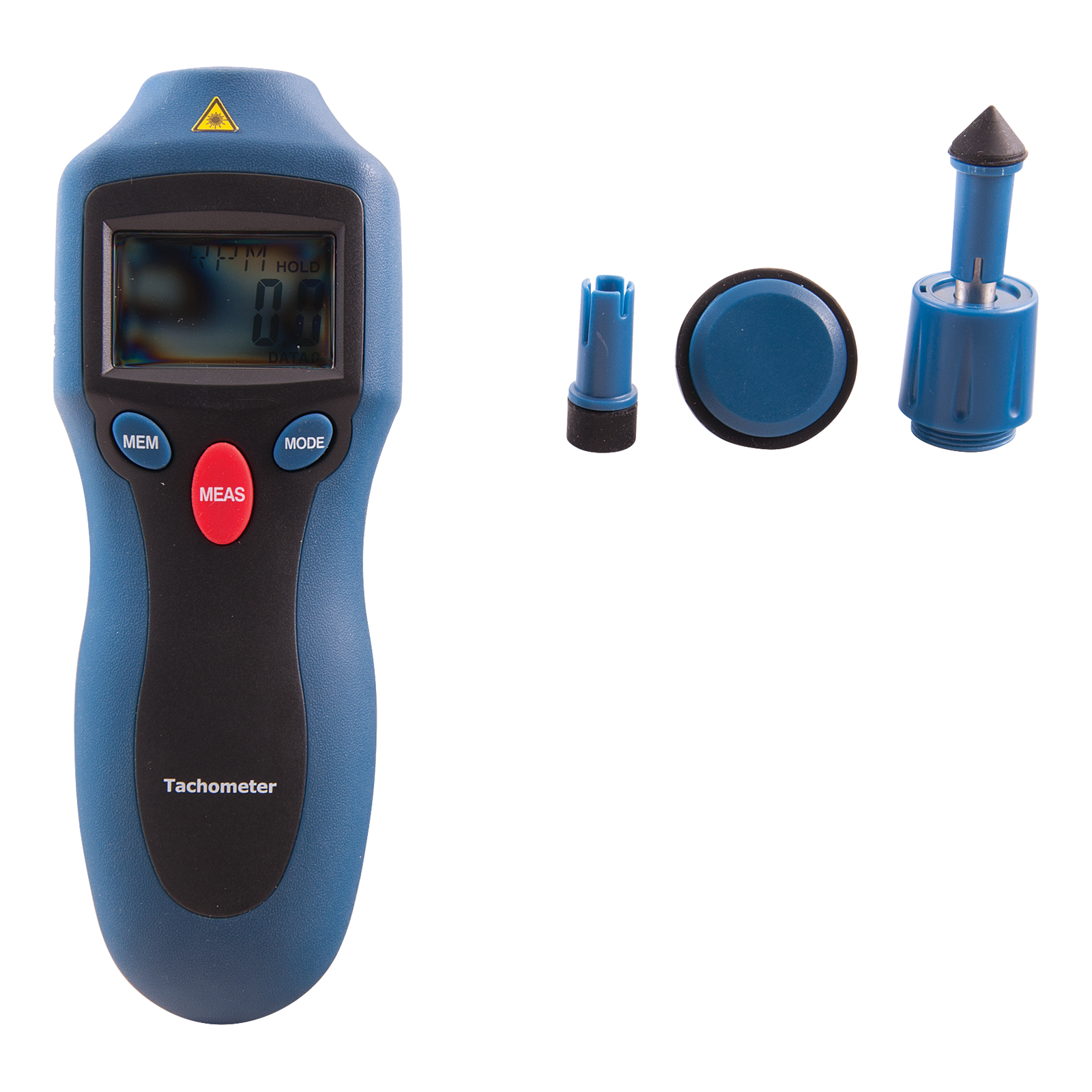Discovering the Features and Benefits of a Tachometer: A Comprehensive Overview for Car Enthusiasts
From giving real-time information on engine speed to aiding in optimizing equipment shifts, the tachometer serves as even more than simply a dial on the control panel. Its complex functions not only boost driving experience yet also play a crucial function in preserving engine health and effectiveness.
Understanding the Fundamentals of a Tachometer
In the realm of automobile instrumentation, understanding the basics of a tachometer is important for any kind of auto enthusiast looking to explore the details of engine performance tracking. A tachometer, often displayed on the dashboard of a vehicle, determines the engine's revolutions per minute (RPM) This vital instrument supplies real-time data on exactly how quickly the engine crankshaft is rotating. By checking the RPM, drivers can ensure they are operating within the optimal range to take full advantage of performance and performance.
Tachometers commonly have a range noted in changes per min, with a redline suggesting the optimum rate at which the engine can securely run (tachometer). This details is crucial for protecting against engine damages and optimizing gear changing for manual transmissions. Furthermore, tachometers can aid in identifying engine concerns such as misfires or a failing ignition system by identifying irregular RPM readings
Value of Checking Engine Rate

Checking engine rate is a critical element of vehicle maintenance and performance optimization for automobile fanatics and experts alike. The engine rate, gauged in changes per minute (RPM), suggests how quickly the engine's crankshaft is rotating. By maintaining a close eye on the RPM, vehicle drivers can make certain that the engine is running within the optimum variety, avoiding prospective damages from over-revving or delaying. Keeping track of engine rate is especially essential during equipment changes, as it helps chauffeurs establish the correct time to change gears for smooth velocity and reliable fuel usage.
Furthermore, tracking engine speed can additionally supply useful understandings into the total wellness of the car. Unusual fluctuations in RPM may show concerns such as a clogged up air filter, gas system troubles, and even engine misfires. By detecting these abnormalities beforehand with the tachometer analyses, vehicle drivers can resolve prospective problems immediately, preventing a lot more extreme damages and costly repair services down the line. Generally, checking engine speed with a tachometer is an essential practice that can enhance driving performance, prolong engine life, and make sure a more secure and additional resources a lot more satisfying driving experience.
Enhancing Performance Through Equipment Shifts
Proper equipment moving guarantees that the engine operates within its optimum power band, permitting for smooth velocity and enhanced fuel economy. When shifting gears, it is important to pay attention to the engine rate showed on the tachometer.

To achieve peak efficiency through equipment changes, vehicle drivers ought to practice smooth and timely shifts in between equipments, matching engine speed with roadway speed to harness the full possibility of their lorry's powertrain.
Maximizing Performance With a Tachometer
Mastering the art of equipment shifting in high-performance cars not just enhances driving experience yet likewise plays a crucial duty in taking full advantage of efficiency with a tachometer. tachometer. By paying close interest try this site to the tachometer analyses, vehicle drivers can maximize their equipment changes to run within the engine's most efficient array. When accelerating, shifting equipments at the best RPM indicated by the tachometer can avoid the engine from straining or underperforming, bring about boosted gas efficiency and general efficiency
Additionally, a tachometer aids vehicle drivers prevent unneeded revving, which not only loses gas yet also places unnecessary pressure on the engine. Consistently monitoring the tachometer while driving enables smoother gear shifts, reducing wear and tear on the transmission system over time.

Advanced Tips for Tachometer Utilization
To delve into innovative tips for tachometer usage, consider integrating the usage of shift lights. Change lights are visual indications that light up when it's time to shift gears based on engine transformations per min (RPM), permitting for smooth gear changes without regularly checking the tachometer. By fine-tuning shift factors and establishing cautioning limits, chauffeurs can enhance velocity and engine performance while decreasing the danger of over-revving.
Conclusion
Finally, the special info tachometer functions as a crucial tool for auto lovers to monitor engine speed, boost performance via gear changes, and make best use of efficiency. By understanding the functions and advantages of a tachometer, chauffeurs can enhance their driving experience and extend the life expectancy of their automobile. Using innovative pointers for tachometer utilization can better enhance driving abilities and overall efficiency on the road.